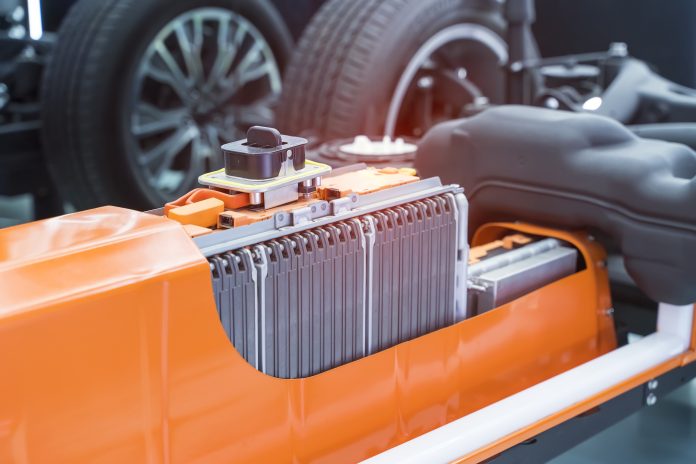Researchers have found a way to revitalise rechargeable lithium batteries, potentially improving the capacity of next generation batteries
Inactive or dead lithium which has been cut off from their electrodes – which decreases their capacity to store charge – have been found to “creep” towards their electrodes in a science experiment, giving the potential to reconnect the batteries and have their effect last longer.
Researchers at the Department of Energy’s SLAC National Accelerator Laboratory and Stanford University may have found a way to restore battery life in next-gen electronic devices, giving hope to stronger, lasting batteries for future electronics also.
Their extra research slowed the degradation of their test battery and increased its lifetime by nearly 30%.
Stanford postdoctoral fellow Fang Liu, the lead author of a study, said: “We are now exploring the potential recovery of lost capacity in lithium-ion batteries using an extremely fast discharging step.”
Islands of inactive lithium “creep like worms” to reconnect
With a great market for rechargeable, light weight, and longer lifetime batteries, as well as batteries with improved safety and faster charging speeds, researchers are looking beyond the currently available lithium-ion technology. This lithium-ion battery is what currently powers most cell phones, laptops and electric vehicles.
Focusing on developing lithium-metal batteries, which have the potential to store more energy per volume or weight, for instance in electric cars, these next-generation batteries could increase the mileage per charge and possibly take up less trunk space in the car also.
Both battery types use positively charged lithium ions that travel back and forth between the electrodes. Over time, some of the metallic lithium becomes electrochemically inactive, forming isolated islands of lithium that can no longer connect with the electrodes. This loss of capacity is a particular problem for lithium-metal technology and for the fast charging of lithium-ion batteries.
However, in the new study published in Nature, the researchers demonstrated that they could recover the isolated lithium to their electrodes to potentially extend battery life.
Yi Cui, a professor at Stanford and SLAC and investigator with the Stanford Institute for Materials and Energy Research (SIMES) who led the research, said: “I always thought of isolated lithium as bad, since it causes batteries to decay and even catch on fire. But we have discovered how to electrically reconnect this ‘dead’ lithium with the negative electrode to reactivate it.”
Not dead, just dormant?
The idea was inspired by Cui’s speculation that applying a voltage to a battery’s cathode and anode could make an isolated island of lithium physically move between the electrodes. This is a process the researchers have now confirmed through their experiments.
They invented an optical cell with a lithium-nickel-manganese-cobalt-oxide (NMC) cathode, a lithium anode, and an isolated lithium island in between, allowing them to track what happens inside the battery when it is in use.
Their findings were that the isolated lithium island wasn’t actually “dead”, like presumed, but instead responded to battery operations. When charging the cell, the island slowly moved towards the cathode, and contrarily, when discharging, it crept in the opposite direction.
Cui added: “It’s like a very slow worm that inches its head forward and pulls its tail in to move nanometer by nanometer. In this case, it transports by dissolving away on one end and depositing material to the other end.
“If we can keep the lithium worm moving, it will eventually touch the anode and re-establish the electrical connection.”
The scientists validated the results of the experiment with other test batteries and through computer simulations, also demonstrate how isolated lithium could be recovered in a real battery by modifying the charging protocol.
Liu added: “We found that we can move the detached lithium toward the anode during discharging, and these motions are faster under higher currents. So we added a fast, high-current discharging step right after the battery charges, which moved the isolated lithium far enough to reconnect it with the anode. This reactivates the lithium so it can participate in the life of the battery.”
“Our findings also have wide implications for the design and development of more robust lithium-metal batteries.”











